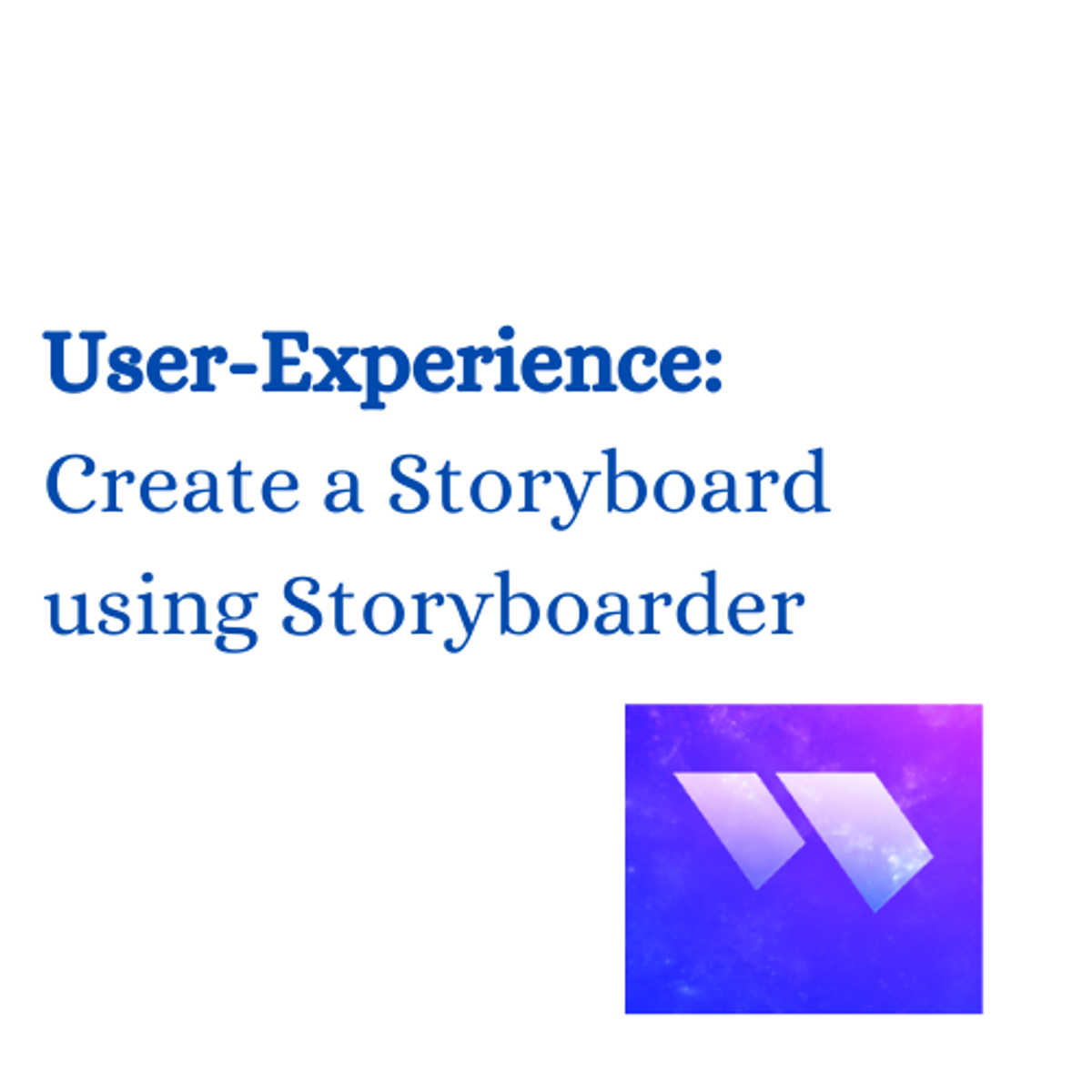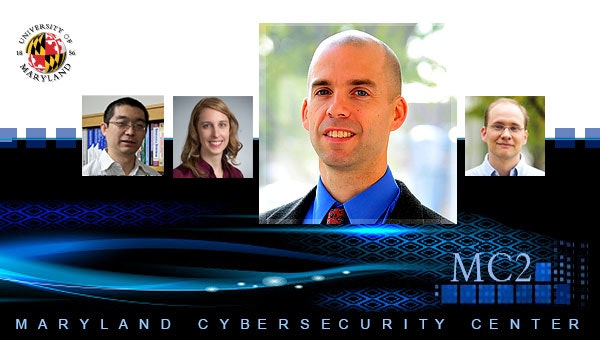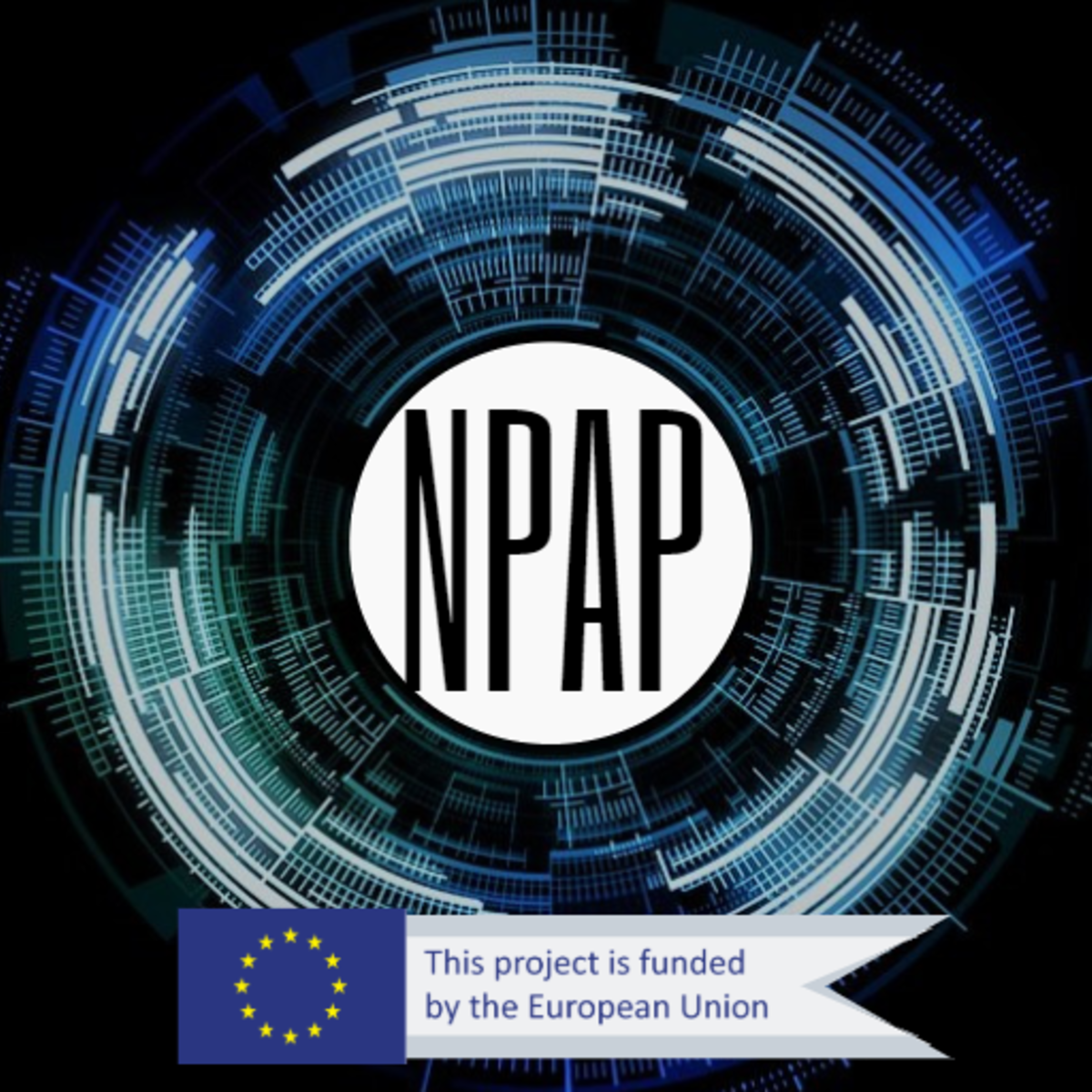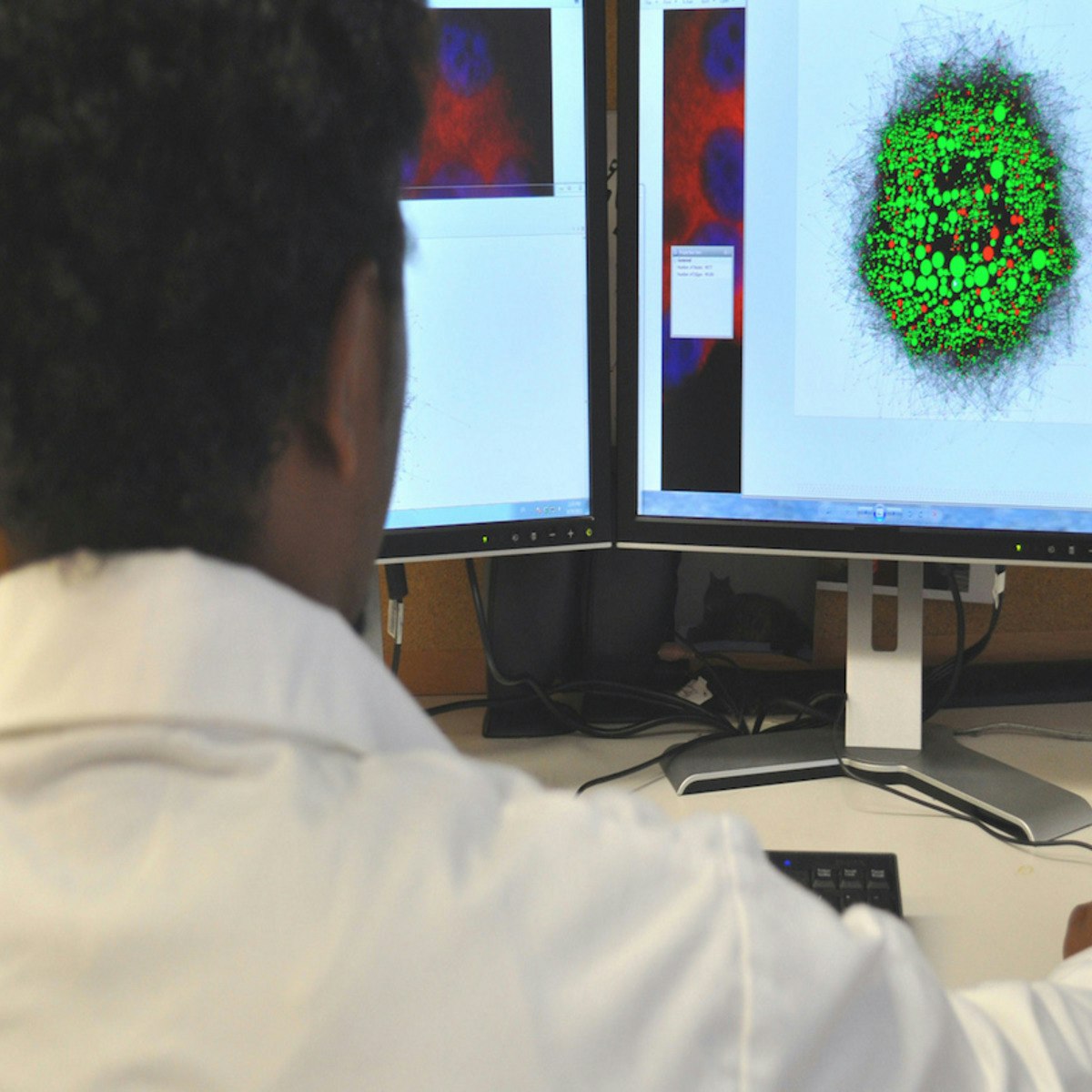Back to Courses









Research Methods Courses - Page 3
Showing results 21-30 of 48

Designing Effective Science Communication
Although many would prefer to leave science in the past and no longer engage with it once completing compulsory science classes in school, the reality is that engaging with science is an integral part of our daily lives. Moreover, for the safety and wellness of human society, it is necessary to engage with scientific information. We are faced with the necessity of examining scientific evidence on topics ranging from conservation to public health and make decisions that impact not only our families but those around us. However, in spite of decades of science education reform and dedicated efforts to improving science literacy, many members of the general public lack the confidence, skills, or interest in engaging with scientific issues, instead choosing to align their scientific decisions with non-scientific stakeholders, such as political or pop culture figures. These problems are ongoing and destructive. How do we communicate science more effectively with the general public? With other scientists?
This course is designed for scientists, science educators, and science communicators who are interested in re-thinking how we communicate science to diverse audiences, particularly to the general public. Topics include evidence-based considerations of human learning as well as effective communication through a variety of modalities, including oral presentations, written forms of communication, technology, and artistic media. The objective of this course is to equip learners with the skills needed to design and implement effective methods of science communication. Learners will be able to identify key principles of human learning that undergird science communication, describe pitfalls in “popular” avenues for science outreach, and apply best practices to science communication in a variety of media.

Introduction to Reproducibility in Cancer Informatics
The course is intended for students in the biomedical sciences and researchers who use informatics tools in their research and have not had training in reproducibility tools and methods.
This course is written for individuals who:
- Have some familiarity with R or Python - have written some scripts.
- Have not had formal training in computational methods.
- Have limited or no familiar with GitHub, Docker, or package management tools.
Motivation
Data analyses are generally not reproducible without direct contact with the original researchers and a substantial amount of time and effort (BeaulieuJones et al, 2017). Reproducibility in cancer informatics (as with other fields) is still not monitored or incentivized despite that it is fundamental to the scientific method. Despite the lack of incentive, many researchers strive for reproducibility in their own work but often lack the skills or training to do so effectively.
Equipping researchers with the skills to create reproducible data analyses increases the efficiency of everyone involved. Reproducible analyses are more likely to be understood, applied, and replicated by others. This helps expedite the scientific process by helping researchers avoid false positive dead ends. Open source clarity in reproducible methods also saves researchers' time so they don't have to reinvent the proverbial wheel for methods that everyone in the field is already performing.
Curriculum
This course introduces the concepts of reproducibility and replicability in the context of cancer informatics. It uses hands-on exercises to demonstrate in practical terms how to increase the reproducibility of data analyses. The course also introduces tools relevant to reproducibility including analysis notebooks, package managers, git and GitHub.
The course includes hands-on exercises for how to apply reproducible code concepts to their code. Individuals who take this course are encouraged to complete these activities as they follow along with the course material to help increase the reproducibility of their analyses.
**Goal of this course:**
Equip learners with reproducibility skills they can apply to their existing analyses scripts and projects. This course opts for an "ease into it" approach. We attempt to give learners doable, incremental steps to increase the reproducibility of their analyses.
**What is not the goal**
This course is meant to introduce learners to the reproducibility tools, but _it does not necessarily represent the absolute end-all, be-all best practices for the use of these tools_. In other words, this course gives a starting point with these tools, but not an ending point. The advanced version of this course is the next step toward incrementally "better practices".
How to use the course
This course is designed with busy professional learners in mind -- who may have to pick up and put down the course when their schedule allows.
Each exercise has the option for you to continue along with the example files as you've been editing them in each chapter, OR you can download fresh chapter files that have been edited in accordance with the relative part of the course. This way, if you decide to skip a chapter or find that your own files you've been working on no longer make sense, you have a fresh starting point at each exercise.

Philosophy of Science
For the last four centuries, scientists have aimed to provide us with an understanding of the world around us. By all appearances, science has made substantial progress during this time. But is this progress real or illusory? And if it is real, how has this progress been made? This four-week course will consider these important questions. Specific topics will include how scientists generate knowledge through observations, experiments, and simulations; scientific objectivity and failures of scientific objectivity; the self-correcting nature of the scientific community; the positive and negative influences that values can have on science; the relationship between science and religion; and the role of the public in guiding the scientific enterprise.

User-Experience: Create a Storyboard using Storyboarder
By the end of this project, you will be able to create a detailed storyboard illustrating an entire overview of a person’s routine. Throughout the project, you will be able to use and control the tools in the Storyboarder software to develop detailed illustrations. Moreover, you will create and apply pre-defined functions.
This guided project is for beginner designers and/ or new business developers who want to visualise their observation research into a diagram. By creating a detailed storyboard it will help the designers/ entrepreneurs to analyse the entire daily routine of a user. This will help them highlight key problems/ struggles in a user’s day. This leads to the next step which is to choose one of those key problems and create an innovative design solution.
In this project, we’ll be using Storyboarder, which is a completely free platform where we can write and create our storyboard.

Software Security
This course we will explore the foundations of software security. We will consider important software vulnerabilities and attacks that exploit them -- such as buffer overflows, SQL injection, and session hijacking -- and we will consider defenses that prevent or mitigate these attacks, including advanced testing and program analysis techniques. Importantly, we take a "build security in" mentality, considering techniques at each phase of the development cycle that can be used to strengthen the security of software systems. Successful learners in this course typically have completed sophomore/junior-level undergraduate work in a technical field, have some familiarity with programming, ideally in C/C++ and one other "managed" program language (like ML or Java), and have prior exposure to algorithms. Students not familiar with these languages but with others can improve their skills through online web tutorials.

Introduction to Particle Accelerators (NPAP MOOC)
Welcome to the Nordic Particle Accelerator Program's (NPAP) Massive Open Online Courses and to the fascinating world of particle accelerators!
Did you know that in the year of 2000 there were more than 15 000 particle accelerators in the world? Yet, today it has grown to more than 30 000 of them! A third of the particle accelerators are dedicated to medical applications, such as radio therapy, and a half are used for ion implantation in semiconductor devices. Also numerous particle accelerators are used for sterilizing food. Despite these everyday life examples of small particle accelerators, it is the large accelerators, like the Large Hadron Collider at CERN, that most people associate with particle accelerators. There will be many new applications for particle accelerators in the future and by that there is a need for MOOCs that describe the techniques and applications of these machines..
The NPAP series of MOOCs consists of three MOOCs designed to disseminate knowledge about particle accelerator technology to impacted fields. The courses have been made possible thanks to the support of the Erasmus Plus, Strategic Partnership funding of the European Commission and thanks to the dedicated lecturers from the universities of Lund, Uppsala, Arhus, Oslo and Jyväskylä, and by experts from the MAX IV Laboratory and European Spallation Source (ESS), both in Lund, Sweden.
In many of the lectures we detail the MAX IV Laboratory and ESS - currently hosting the most powerful synchrotron light source and neutron source in the world. In the MAX IV Laboratory intense X-ray beams are produced by electrons that are first accelerated to almost the speed of light, and at ESS protons will be accelerated and, by a process called spallation, generate intense beams of neutron. The X-ray and neutron beams are used for looking into matter, down to the atomic level. The MAX IV Laboratory and ESS form a unique European center of excellence for thousands of scientists that together build the world of tomorrow. We also take a closer look at the Large Hadron Collider, at CERN, in Geneva. This powerful machine has already had an immense impact on theoretical physics and will continue to contribute to our knowledge of nature for quite some time.
The first course in our NPAP series is the Introduction to Particle Accelerators. It explains how a particle accelerator can generate light of wavelengths down to one Angstrom. It also explains how the ESS facility can create a massive flux of neutrons by accelerating protons and let them smash into a disk of tungsten. The initial modules provide the basic knowledge about linear and circular accelerators that is required to understand other types of accelerators, like the Large Hadron Collider (LHC), at CERN in Geneva. We describe LHC and give an introduction to the elementary particle physics it is used for. We continue by describing some new concepts for future particle accelerators, like plasma driven accelerators.
The second MOOC in the series is called "Fundamentals of Particle Accelerator Technology (NPAP MOOC)" and offers four modules: The Radio Frequency (RF) System of Accelerators; Magnet technology for accelerator; Beam Diagnostics; Basics of Vacuum techniques. The third MOOC is - Medical Applications of Particle Accelerators, which offers the four modules: Introduction to the course and radiotherapy; Linear electron accelerators for radiotherapy; Proton therapy part I; Proton therapy part II and the production of medical radionuclides.
The three MOOCs can be taken either separately or as a package. For students that intend to take all three courses we recommend that they are taken in order.
Get started and join us on this journey through the world of particle accelerators and be amazed by their importance for our lives and societies!
Best Regards,
The NPAP Team!

Experimentation for Improvement
We are always using experiments to improve our lives, our community, and our work. Are you doing it efficiently? Or are you (incorrectly) changing one thing at a time and hoping for the best?
In this course, you will learn how to plan efficient experiments - testing with many variables. Our goal is to find the best results using only a few experiments. A key part of the course is how to optimize a system.
We use simple tools: starting with fast calculations by hand, then we show how to use FREE software.
The course comes with slides, transcripts of all lectures, subtitles (English, Spanish and Portuguese; some Chinese and French), videos, audio files, source code, and a free textbook. You get to keep all of it, all freely downloadable.
This course is for anyone working in a company, or wanting to make changes to their life, their community, their neighbourhood. You don't need to be a statistician or scientist! There's something for everyone in here.
⎯⎯⎯⎯⎯⎯⎯⎯⎯⎯⎯⎯⎯⎯⎯
Over 1500 people have completed this online course. What have prior students said about this course?
"This definitely is one of the most fruitful courses I have participated at Coursera, considering the takeaways and implementations! And so far I finished 12 [courses]."
"Excelente curso, flexible y con suficiente material didáctico fácilmente digerible y cómodo. No importa si se tiene pocas bases matemáticas o estadísticas, el curso proporciona casi toda explicación necesaria para un entendimiento alto."
"I wish I had enrolled in your course years ago -- it would have saved us a lot of time in optimizing experimental conditions." Jason Eriksen, 3 Jan 2017
"Interesting and developing both analytical and creative thinking. The lecturer took care to bring lots of real live examples which are fun to analyze." 20 February 2016.
"... love your style of presentation, and the examples you took from everyday life to explain things. It is very difficult to make such a mathematical course accessible and comprehensible to this wide a variety of people!"
⎯⎯⎯⎯⎯⎯⎯⎯⎯⎯⎯⎯⎯⎯⎯

Systems Biology and Biotechnology Capstone
NOTE: In order to take this course you should have taken and complete the following courses in the Signature Track: Introduction to Systems Biology, Network Analysis in Systems Biology, Dynamical Modeling Methods for Systems Biology, Experimental Methods in SB and Integrated Analysis In Systems Biology

BioData Processing
Can we communicate with other living beings besides animals?
For example, it is well known that plants and fungi are sentient creatures, but modern societies/humans seem to regard this fact as unworthy of much attention. Perhaps we do so because we lack a common language to establish such inter-realms communication.
In this hands-on project you will challenge this frontier by translating electric signals (BioData) from plants and fungi into audio-visual media that we humans are capable of relating to. In order to accomplish this, you will engage with Processing, "a flexible software sketchbook and a language for learning how to code within the context of the visual arts."
Optional: In case you have an Anduino kit this project can be double fun, as learners will have instructions on how to collect the BioData themselves.

Computers, Waves, Simulations: A Practical Introduction to Numerical Methods using Python
Interested in learning how to solve partial differential equations with numerical methods and how to turn them into python codes? This course provides you with a basic introduction how to apply methods like the finite-difference method, the pseudospectral method, the linear and spectral element method to the 1D (or 2D) scalar wave equation. The mathematical derivation of the computational algorithm is accompanied by python codes embedded in Jupyter notebooks. In a unique setup you can see how the mathematical equations are transformed to a computer code and the results visualized. The emphasis is on illustrating the fundamental mathematical ingredients of the various numerical methods (e.g., Taylor series, Fourier series, differentiation, function interpolation, numerical integration) and how they compare. You will be provided with strategies how to ensure your solutions are correct, for example benchmarking with analytical solutions or convergence tests. The mathematical aspects are complemented by a basic introduction to wave physics, discretization, meshes, parallel programming, computing models.
The course targets anyone who aims at developing or using numerical methods applied to partial differential equations and is seeking a practical introduction at a basic level. The methodologies discussed are widely used in natural sciences, engineering, as well as economics and other fields.
Popular Internships and Jobs by Categories
Find Jobs & Internships
Browse
© 2024 BoostGrad | All rights reserved